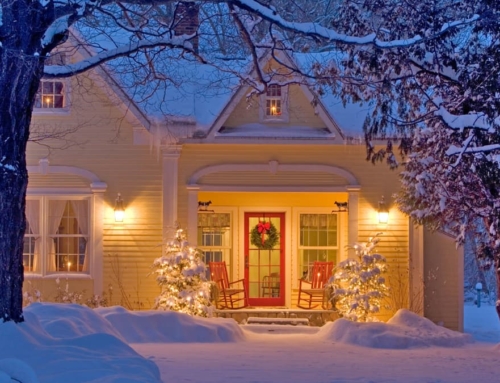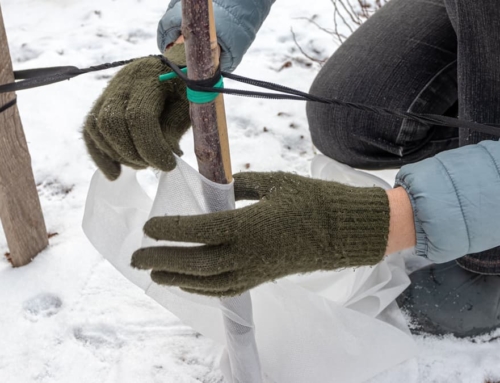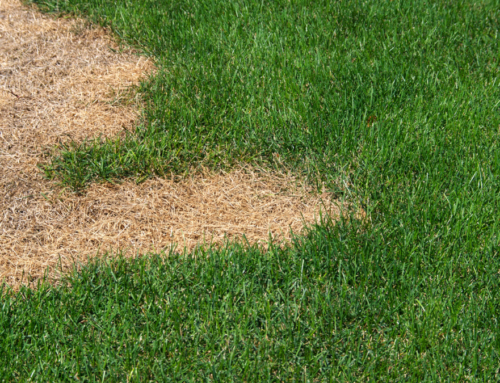THE IMPORTANCE OF WINTER WATERING

Most Colorado residents retreat indoors with their hot cocoa and tea during the winter – spending time doing yard work isn’t usually at the top of our to-do lists until late spring. However, Colorado’s Front Range winters can be harsh on your landscaping. Did you know that it takes 10 inches of snow to equal one inch of rain? Low precipitation levels can dehydrate dormant plants and it can be months before you see which plants have been damaged. That’s why it’s important to water your plants during the winter months. Keeping your soil moist will keep roots from drying out, which prevents root loss and plant loss.
Watering Guidelines
Typically, you’ll need to water your lawn, trees and shrubs any time we experience a long period without snow cover. Once or twice a month is a good general guideline to follow. You’ll want to make sure the ground isn’t frozen and the air temperature is comfortably above freezing (about 40 degrees F) before watering. This ensures the water has enough time to properly soak into the soil.
Plants that receive direct sunlight or receive reflected heat from buildings are more likely to be damaged. Windy areas that result in faster drying sod and plants will require additional water, as will lawns that have a lot of sun exposure.
What to Water
Newly planted trees are the most susceptible to winter drought injury. Tree roots need water to soak into the soil slowly, and to a depth of 12 inches. Sprinklers, a deep root fork or needle, soaker hose or soft spray wand are the best methods for watering trees. A rule of thumb is to apply 10 gallons of water for each diameter inch of a tree. For example, a 2-inch diameter tree needs 20 gallons per watering, says the Colorado State University Extension in a Fall and Winter Watering Fact Sheet.
What Does NOT Need Water
Any Xeriscape plants likely do not need supplemental water during winter months. This includes Fernbush, Agastache, Yarrow, Spanish Gold Broom, Catmint, Iceplant, Blue Avena Grass, Mexican Feather Grass, Agave and Apache Plume.
Always remember to detach your hose from the house after you water. If you leave anything attached to the spigot it can freeze and cause water damage to your home.
If you have questions about winter watering or the upkeep of your landscaping during the harsh winter months, give us a call!






